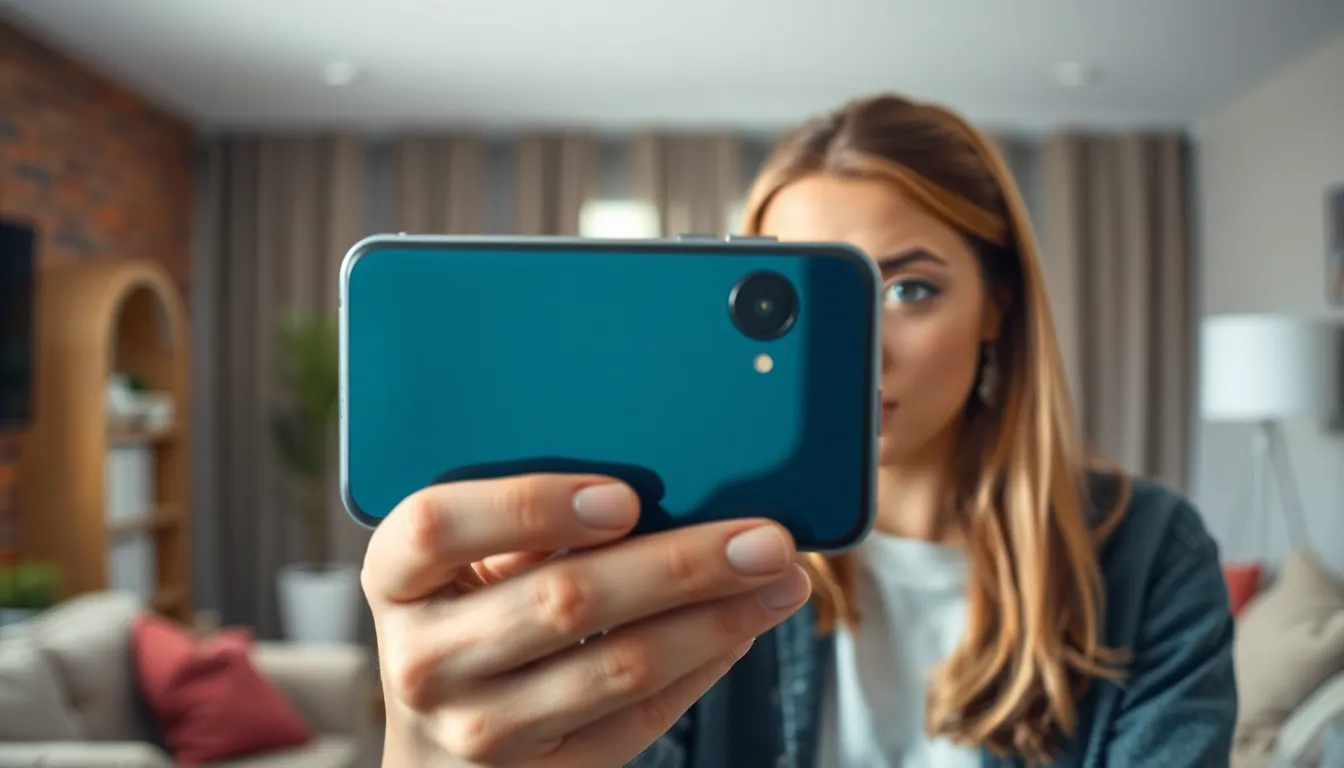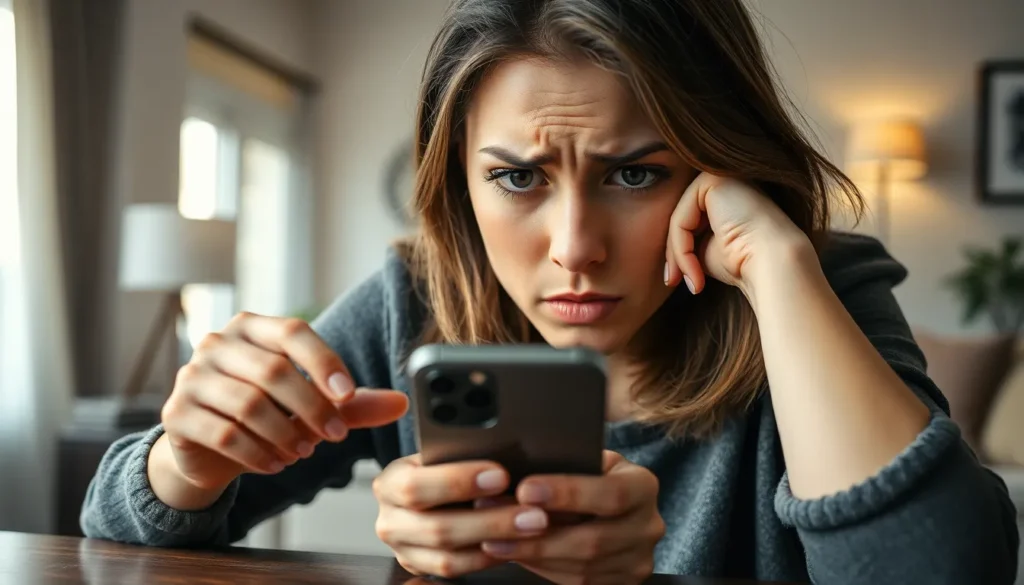Table of Contents
TogglePicture this: you’re all set to capture that perfect sunset or snap a candid shot of your friend mid-laugh, but your iPhone camera decides it’s on strike. Frustrating, right? The iPhone’s camera is one of its crown jewels, and when it’s not working, it can feel like you’ve lost a part of your digital identity.
Common Reasons Why Is iPhone Camera Not Working
Several factors contribute to iPhone camera malfunctions. Identifying these reasons can help resolve the issue quickly.
Hardware Issues
Hardware problems can significantly affect camera functionality. A cracked lens disrupts image quality and clarity. Additionally, a faulty connection within the camera module may prevent it from launching. Physical damage from drops can also result in internal component failures. Users may notice overheating as an indicator of hardware stress. If any external elements block the camera lens, the device can’t capture images effectively.
Software Glitches
Software glitches represent another common cause of camera failure. An outdated operating system may cause compatibility issues with the camera app. Restarting the device often resolves temporary bugs. Corrupt files can hinder app functionality; reinstalling the camera app may help. Background processes may consume resources and lead to slow performance. If the device is low on storage space, the camera can face limitations in functionality.
Troubleshooting Steps

Resolving iPhone camera issues involves a few straightforward steps. Following the appropriate troubleshooting methods can enhance the likelihood of regaining camera functionality.
Restart Your iPhone
Restarting the iPhone often resolves minor software glitches. Users should press and hold the side button and either volume button until the slider appears. Swiping the slider turns off the device. Once the iPhone is off, waiting 30 seconds before turning it back on helps clear temporary issues affecting the camera. After restarting, users should check if the camera operates correctly.
Update iOS
Updating iOS fixes bugs that may interfere with the camera’s functionality. Accessing the Settings app allows users to navigate to General, then Software Update. If an update is available, tapping Download and Install prompts the download process. Ensuring adequate storage space is essential for this process. Once the update completes, the camera’s performance might improve significantly, addressing existing issues.
Advanced Solutions
Advanced solutions can help users regain functionality of their iPhone camera. Trying these methods can resolve more complex issues.
Reset All Settings
Resetting all settings restores default configurations without erasing personal data. To do this, navigate to Settings, then select General, and tap on Reset. Choose Reset All Settings, then input your passcode when prompted. This process won’t delete apps, photos, or videos but will reset network settings, privacy settings, and home screen layout. After executing this step, users often notice improvement in camera performance, resolving minor glitches and conflicts caused by incorrect settings.
Restore Your iPhone
Restoring the iPhone may provide a more comprehensive solution for persistent camera issues. Users can perform this action by connecting the device to a computer with iTunes or Finder. After backing up important data, selecting Restore iPhone in the software is necessary. This procedure reinstalls the iOS, eliminating potential software conflicts that hinder camera functionality. Once completed, users can restore data from the backup to retain essential files. Following this approach often resolves severe software malfunctions that simpler troubleshooting methods do not address.
When to Seek Professional Help
Identifying when to seek professional help for iPhone camera issues is essential. If troubleshooting steps do not yield results, professional evaluation may be necessary.
Warranty and Repair Options
Checking the warranty status can provide avenues for repairs. Apple’s warranty typically covers hardware issues for up to one year from the purchase date. Authorized service providers can diagnose problems and suggest solutions that align with warranty protections. Users with AppleCare+ enjoy extended coverage, which includes accidental damage repairs. Understanding these options helps users minimize repair costs and ensure quality service.
DIY Fixes vs. Professional Services
Considering DIY fixes can be tempting, but they carry risks. Basic troubleshooting, such as restarting the device or checking settings, is safe. However, attempting hardware repairs without expertise can lead to further damage. Selecting professional services ensures access to trained technicians familiar with iPhone technology. Weighing the pros and cons of each option can lead to informed decisions, ultimately protecting the functionality of the device.
Addressing iPhone camera issues can be a straightforward process with the right knowledge and steps. By understanding both hardware and software factors that contribute to malfunction, users can effectively troubleshoot and restore their camera functionality. Whether it’s a simple restart or a more comprehensive restore, these methods can often resolve common problems.
However, when these solutions fall short, seeking professional assistance becomes crucial. Knowing when to reach out for help ensures that users can protect their device and continue capturing life’s important moments without interruption.







